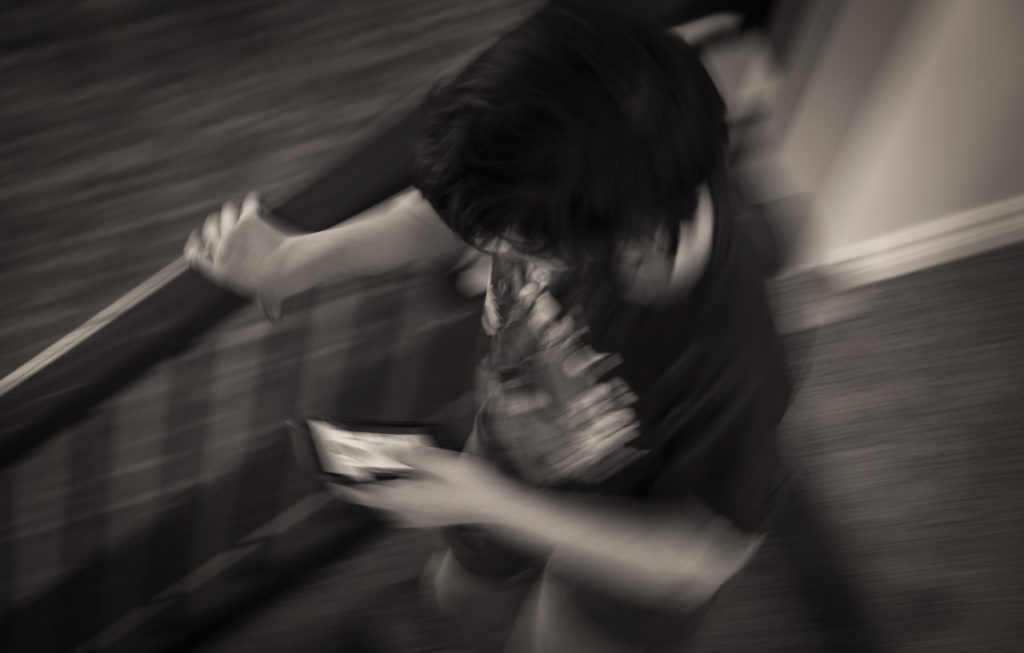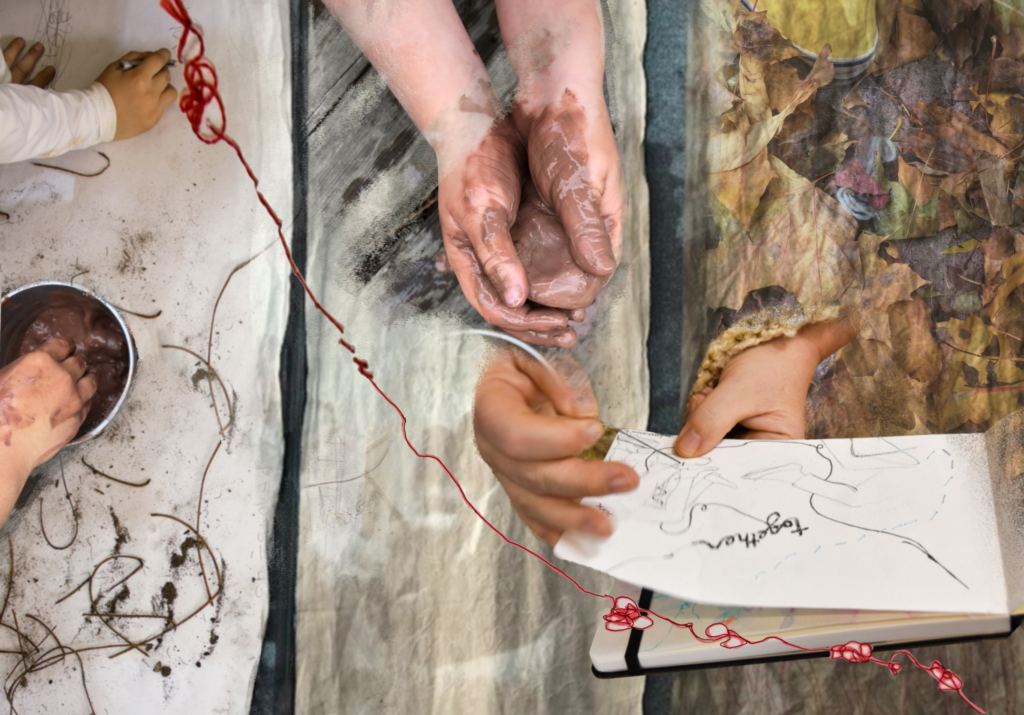Situated Relations
Thinking with Waste


Thinking with Waste
Issue 5, Magazine, Pedagogist Discussions Issue 5, Uncategorized
September 2023
Returning as/with Post-Secondary Pedagogists


Returning as/with Post-Secondary Pedagogists
Issue 4, Magazine, Pedagogist Discussions Issue 4, Uncategorized
October 2022
On Inaugurating and Sustaining the Work of a Post Secondary Institution Pedagogist: Collectivity, In-Betweens, and Having a ‘Why’ – an interview with Bo Sun Kim


On Inaugurating and Sustaining the Work of a Post Secondary Institution Pedagogist: Collectivity, In-Betweens, and Having a ‘Why’ – an interview with Bo Sun Kim
Magazine, Pedagogists Discussions Issue 3, Uncategorized
June 2021
Journaling as a Choreographic Practice


Journaling as a Choreographic Practice
Magazine, Pedagogists Discussions Issue 3, Uncategorized
June 2021
Recollecting Practices of Attending and Creating Exposures: Conversations, Estrangements, Movements, Affected Intentions, and Risks


Recollecting Practices of Attending and Creating Exposures: Conversations, Estrangements, Movements, Affected Intentions, and Risks
Essay Issue 3, Magazine, Uncategorized
June 2021
Decolonizing Place in Early Childhood Education


Decolonizing Place in Early Childhood Education
Essays Issue 2, Magazine, Uncategorized
March 2021
On Becoming a Post Secondary Pedagogist: Working with Students, Faculty, and Institutional Realities


On Becoming a Post Secondary Pedagogist: Working with Students, Faculty, and Institutional Realities
Magazine, Pedagogist Discussions Issue 2, Uncategorized
March 2021
Pedagogy and the Role of the Pedagogista: A Perspective


Pedagogy and the Role of the Pedagogista: A Perspective
Previous Exposures
May 2019


